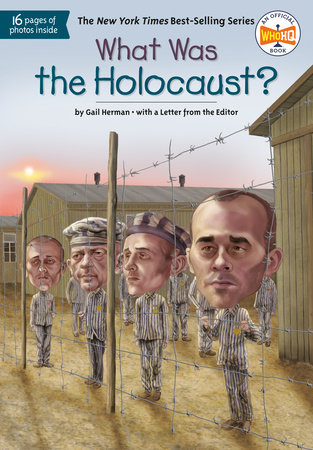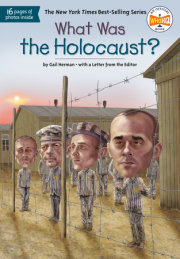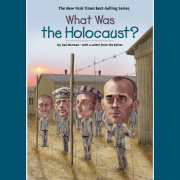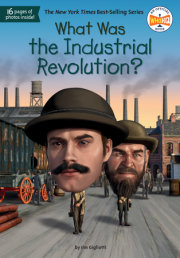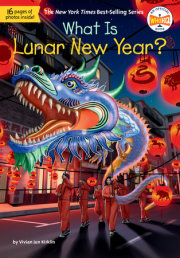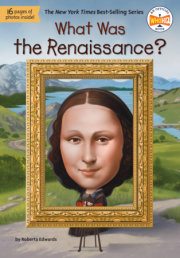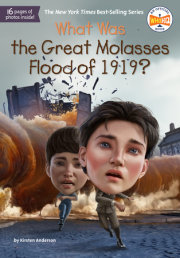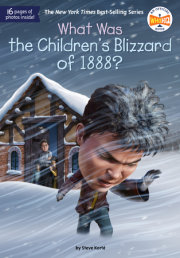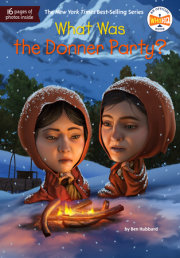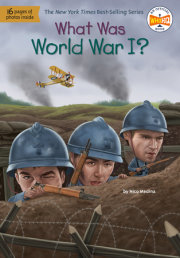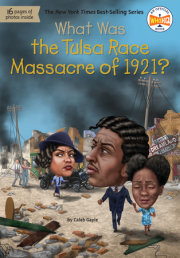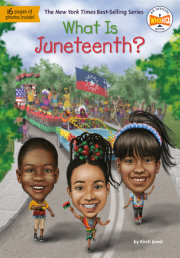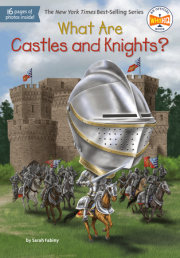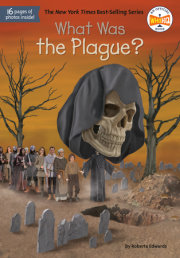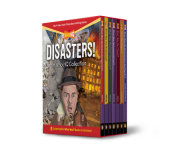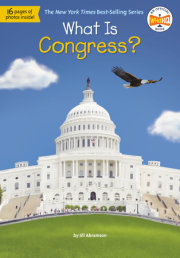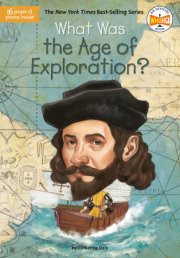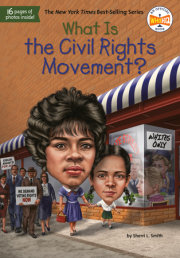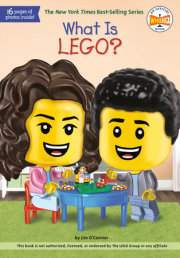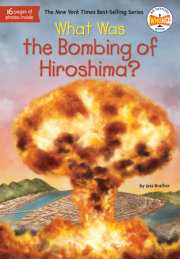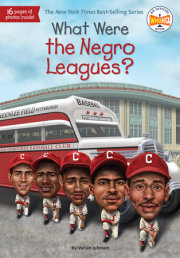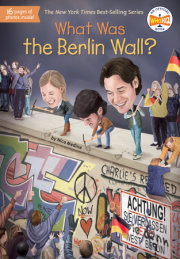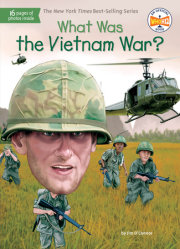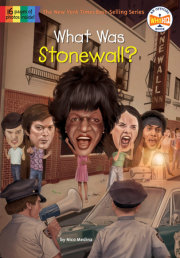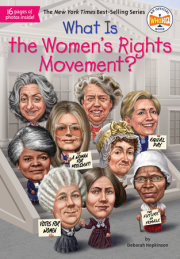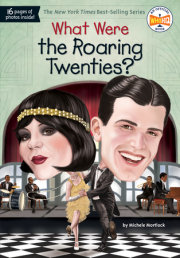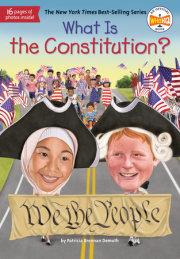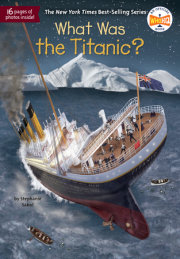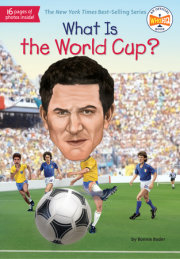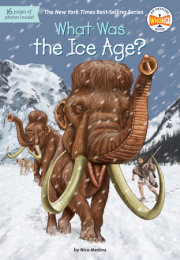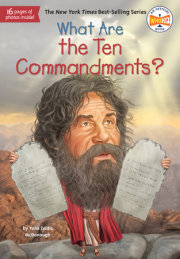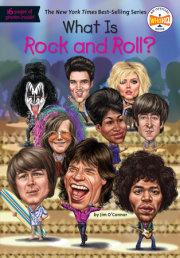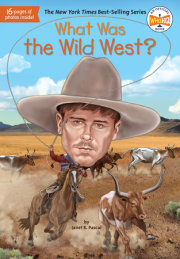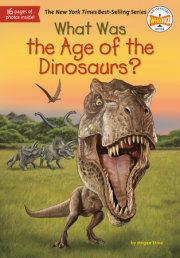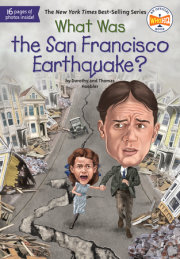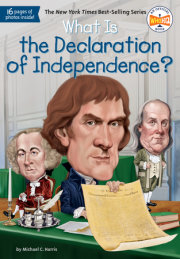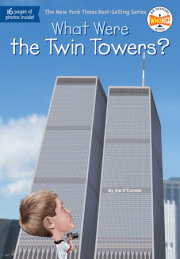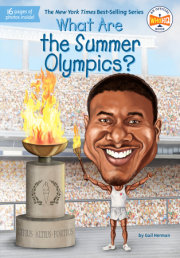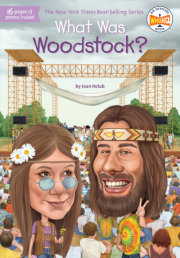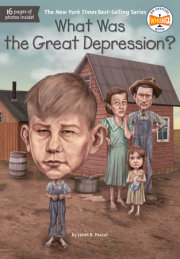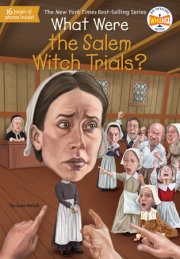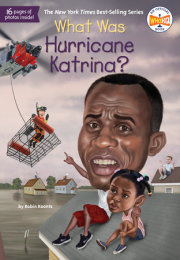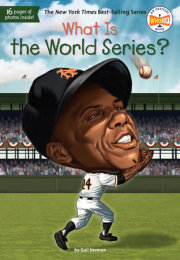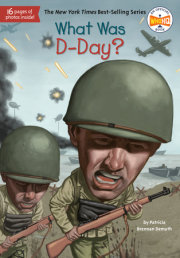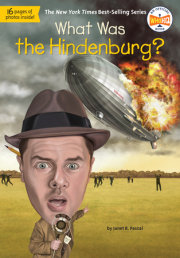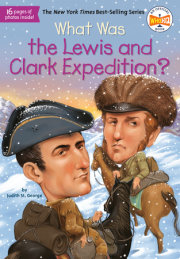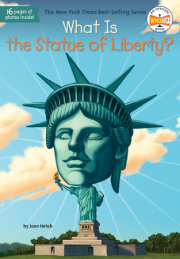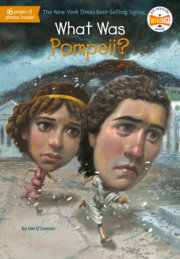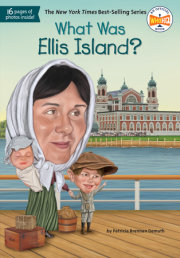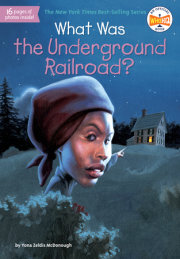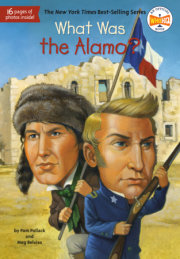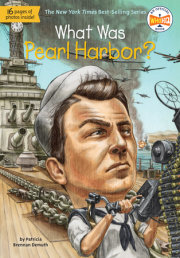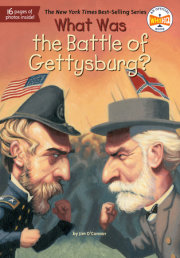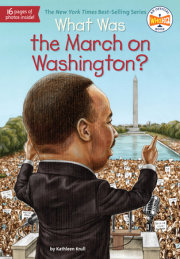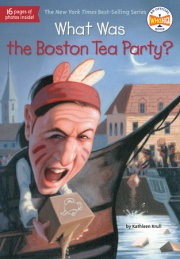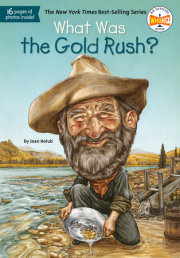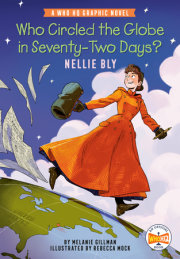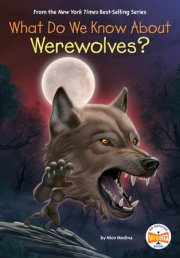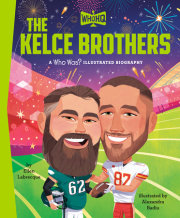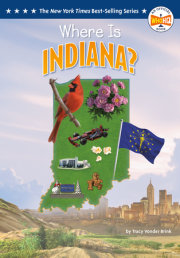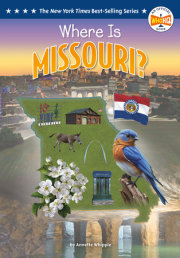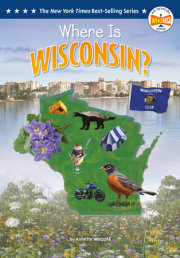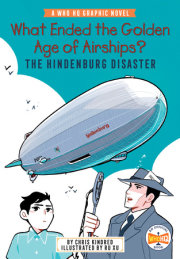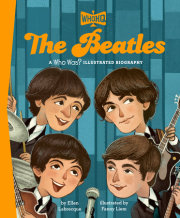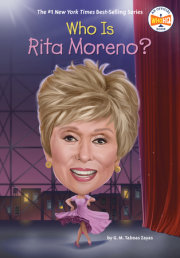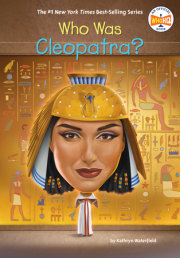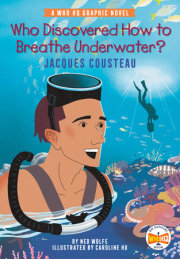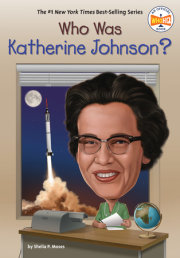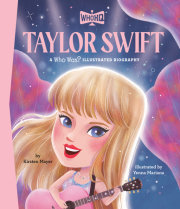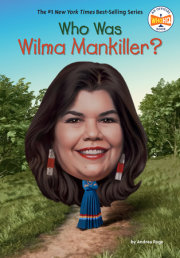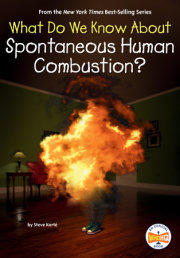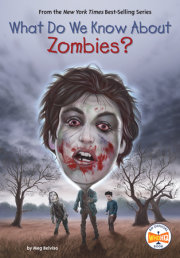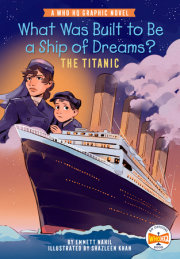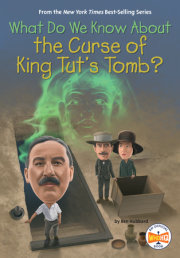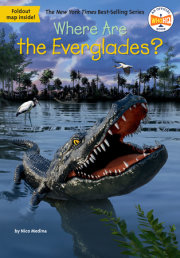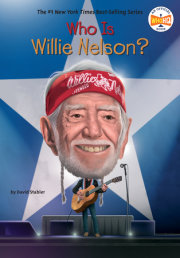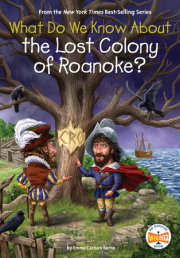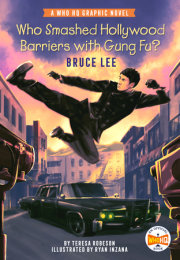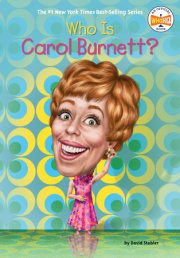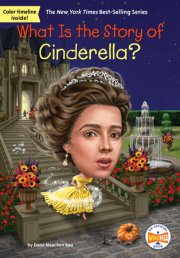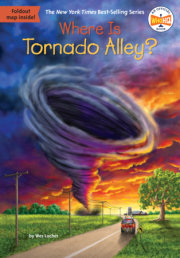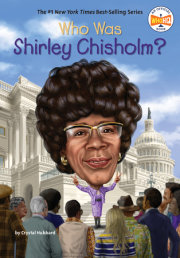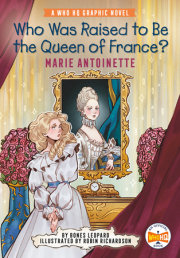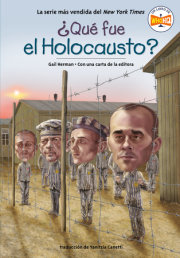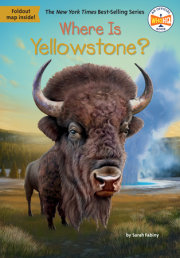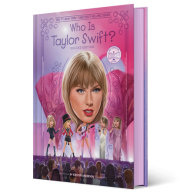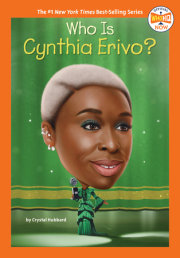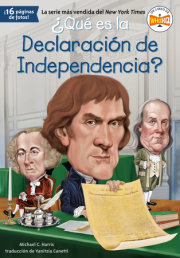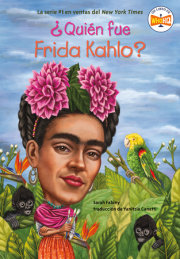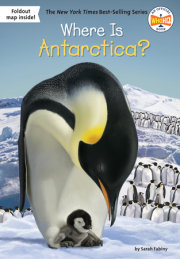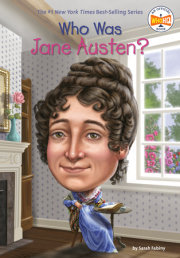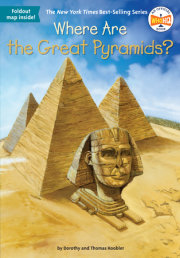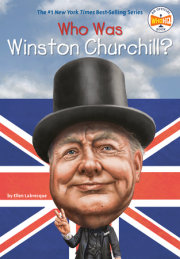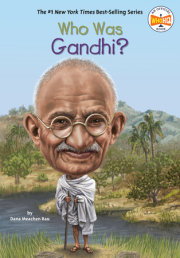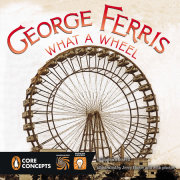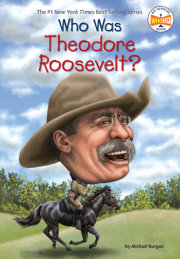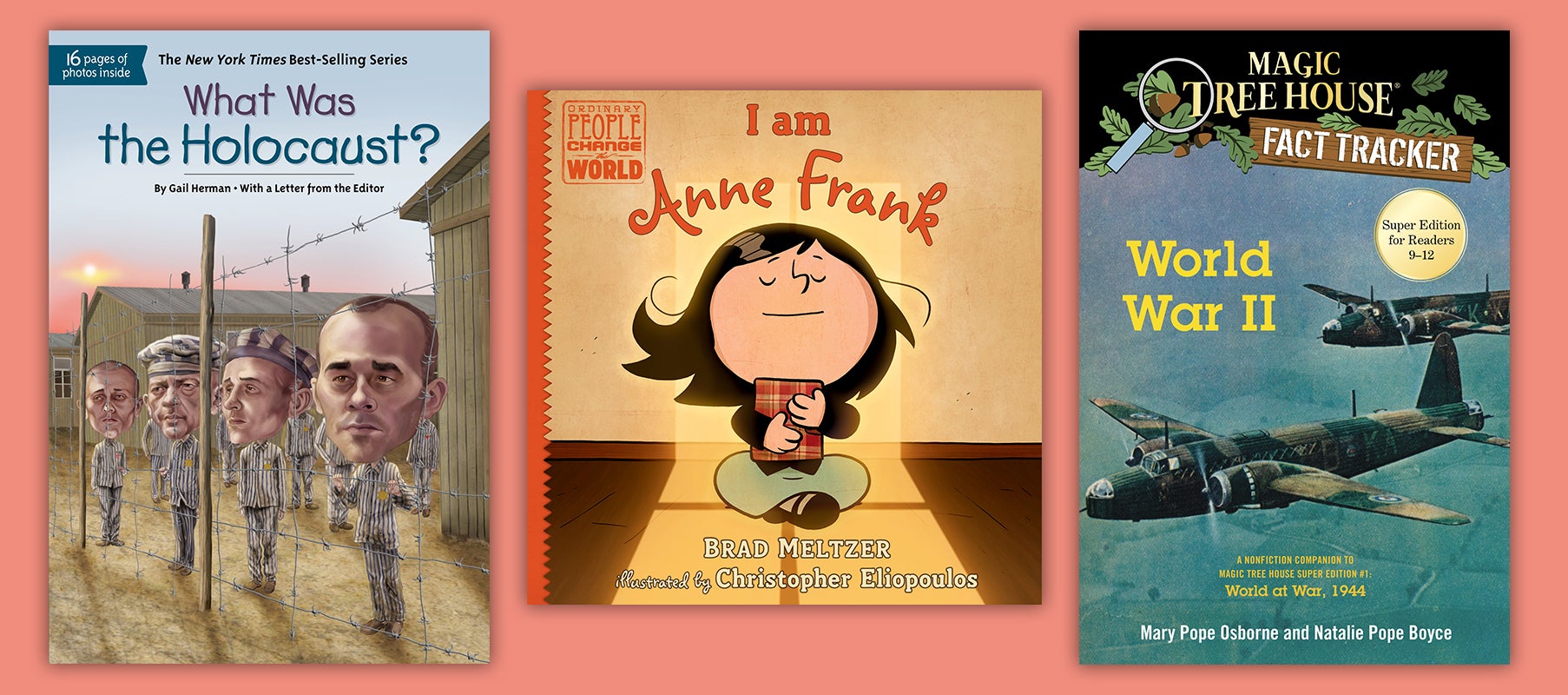What Was the Holocaust?
May 1945: Volary, a small town in what is now the Czech Republic Gerda Weissmann stood outside an old bicycle factory. She weighed sixty-five pounds. Her hair was white, although she was not even twenty-one.
Inside the empty building, dozens of women lay on straw. Most were sick. Many were dying. Like Gerda, they were all Jewish. For many years they had suffered under the rule of Nazi Germany.
For Gerda, the horror had begun six years earlier.
It was late summer. She was fifteen years old. And she had just come home from vacation. On September 1, 1939, the weather was glorious, the sky a bright blue. Suddenly, German airplanes blocked the sun. They roared over Gerda’s home in Bielsko, Poland. Tanks rolled down the streets. The German army was invading Poland.
It was the start of World War II, which lasted in Europe until May of 1945.
Many local people waved Nazi flags. They cheered for their new leader, Adolf Hitler. They were glad Hitler had taken over Poland. Hitler hoped to take over all of Europe.
The Jews of Bielsko were not happy at all. They knew of the Nazis’ hatred for Jews.
Gerda and her family were told to leave their home so local German-Poles could move in. Gerda’s garden was fenced off with a sign that read: “No dogs or Jews allowed.” They lived in a basement, with no water or electricity.
After a while, all Jews in Bielsko were rounded up. Trucks took them to different prison camps. Gerda was separated from her mother. She never saw her again. She never saw anybody else in her family again, either. Through the rest of the war, Gerda was moved from one concentration camp to another. She labored in Nazi-run factories. She hauled coal onto trains. By 1945, she was half-dead.
And yet Gerda was one of the more fortunate ones. She survived.
Six million Jews did not. They were killed by the Nazis in concentration camps. About six million other victims were also led to their deaths: gay people, the Roma, disabled people, and people from certain religious and political groups.
That day in 1945 at the factory, Gerda saw a car approach. Two men—United States soldiers—jumped out. One came over. He was big and strong. To Gerda, he looked like a god.
“Does anybody here speak German or English?” he asked in German.
“I speak German,” Gerda answered. Then she added, “We are Jewish, you know.”
“So am I,” the man said. His name was Kurt Klein. “May I see the other ladies?” he added. Then the man held the door for Gerda to go inside the factory. It was a simple, polite thing to do. But it made her feel human again.
One year later, Gerda and Kurt Klein were married.
Gerda Weissmann’s wartime story ended on a note of hope. That was rare for the millions who suffered during the Holocaust.
The word
holocaust—rooted in Greek—means a “sacrifice by fire.” But it also means any great destruction and loss of life.
From 1939 to 1945, all across Europe, Jews and people from other groups were murdered simply because of who they were.
How did this happen?
Chapter 1: Anti-Semitism Anti-Semitism is the hatred of Jews. It goes back thousands of years to ancient Rome.
When Christianity took hold in the world, anti-Jewish feeling spread. There were false, awful stories that Jews had killed Jesus. They were blamed for causing disease and for bad crops. Sometimes this led to violent attacks against Jews. Sometimes anti-Jewish laws were passed: In certain parts of Europe, Jews couldn’t own land. They could not be citizens.
In more modern times, around the 1800s, countries in Europe developed fairer laws. Life opened up for Jewish people. They had more freedom. Some Jews kept their old customs. Some did not. More and more, Jews considered themselves German . . . or Austrian . . . or French . . . before they thought of themselves as Jewish.
Then, in 1914, the kaiser (emperor) of Germany started a world war in Europe. It raged on until 1918 with Germany’s surrender. A treaty was signed with very harsh terms for Germany. The kaiser was gone. Germany lost land. It had to disband its army. For starting the war, it had to pay billions of dollars to the countries that Germany had fought against. But Germany didn’t have any money.
As in the past, much of the blame for Germany’s woes fell on the Jews. In 1919, Germany tried to set up a democracy. The group of elected representatives was called the Reichstag. A president was elected, too. The president, in turn, chose a chancellor. The chancellor held a lot of power. But he still had to answer to the president and the Reichstag.
This new government was supposed to offer a better future for Germany. But it faced big challenges. For example, how would Germany pay all the money it owed? The government thought the answer was to print money. More and more money.
Soon there were so many German dollars—marks—they became almost worthless. Prices went up day by day, hour by hour. One man bought a cup of coffee for 5,000 marks, already a very high price. When he ordered a second cup, the price had shot up to 9,000 marks! People carried cash around in wheelbarrows.
By 1929, millions of Germans were out of work. Most had their savings wiped out. Many wanted change, a new direction for the country.
But who could lead the country to a new and better future?
Germans turned to the worst person possible—Adolf Hitler.
Copyright © 2018 by Penguin Random House LLC. All rights reserved. No part of this excerpt may be reproduced or reprinted without permission in writing from the publisher.

